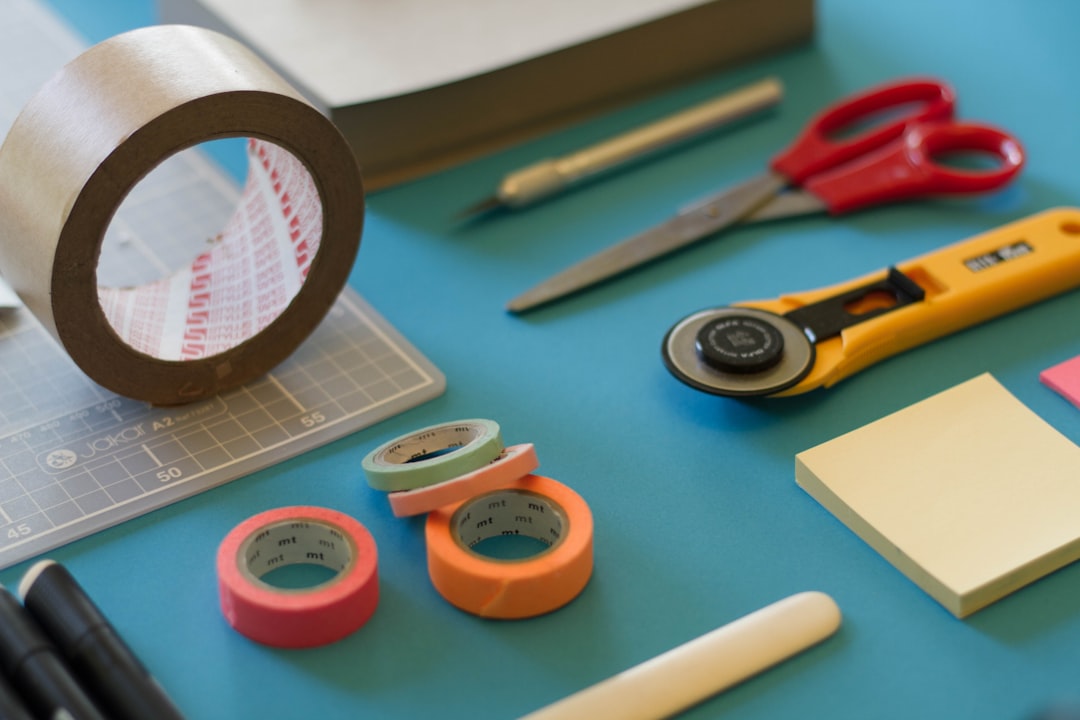Crafting a Better World: The Rise of Eco-Friendly DIY Projects
In a world increasingly aware of its ecological footprint, DIY crafting has taken a refreshing turn towards sustainability. Imagine transforming everyday items into beautiful, functional art without leaving a trail of waste behind. This is the magic of eco-friendly DIY projects—a movement that’s not just about creating, but about creating responsibly.
Eco-friendly crafting isn’t just a trend; it’s a conscious lifestyle choice. From using recycled materials to incorporating natural elements, these projects offer a double benefit: the joy of crafting and the satisfaction of contributing to environmental preservation. Whether it’s turning old glass jars into stylish lanterns or using fabric scraps for quilting, the possibilities are endless.
One of the greatest appeals of eco-friendly DIY is its accessibility. You don’t need a hefty budget or specialized tools to get started. Often, the materials you need are already in your home, waiting to be upcycled. For instance, cardboard from delivery boxes can be repurposed into decorative storage solutions, while old newspapers can be transformed into papier-mâché masterpieces.
Moreover, these projects often inspire a deeper connection with nature. Consider making your own beeswax wraps, a sustainable alternative to plastic wrap. Not only do you reduce plastic waste, but you also support the dwindling bee population by purchasing local beeswax. Similarly, creating your own plant-based dyes from kitchen scraps like onion skins or beet peels not only provides unique hues but also keeps those scraps out of the landfill.
The psychological benefits of eco-friendly crafting are as significant as the environmental ones. Engaging in creative activities can significantly reduce stress, and when combined with the knowledge that you’re making a positive impact on the planet, the effect is amplified. Crafting becomes a form of meditative practice, where each stitch, cut, or brushstroke is a step towards mindfulness and ecological harmony.
The community aspect of eco-friendly crafting should not be overlooked either. Craft fairs, workshops, and online groups dedicated to sustainable DIY are growing. These platforms offer a space for sharing ideas, exchanging materials, and building networks of like-minded individuals who are passionate about making a difference. This sense of community not only fuels creativity but also fosters a collaborative spirit essential for broader environmental advocacy.
Looking ahead, the future of eco-friendly crafting is bright. Innovations in biodegradable materials and renewable resources continue to expand the possibilities for sustainable creativity. As technology evolves, we might soon see 3D-printed crafts using compostable materials or apps that help track and reduce crafting waste.
In conclusion, eco-friendly DIY projects are more than just a hobby—they’re a pathway to a more sustainable future. By choosing to craft responsibly, we take a stand against the throwaway culture and advocate for a planet that thrives. So next time you’re itching to create, consider the environment. Embrace the challenge of crafting with conscience and watch as your creativity flourishes alongside a greener world.






